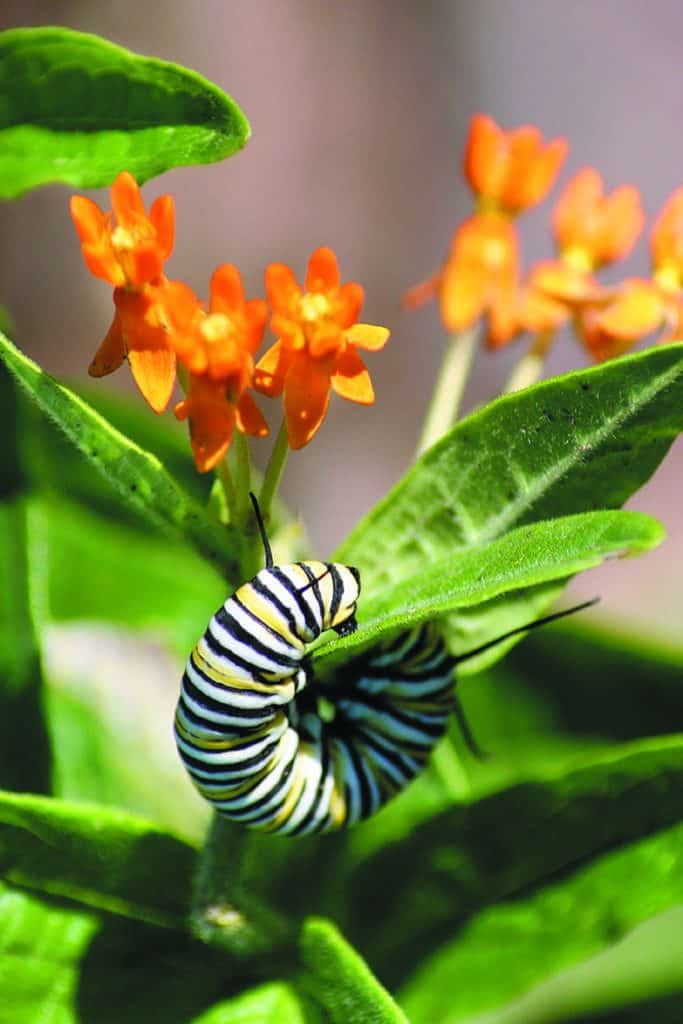
By Mary Ellen Shaw
If you planted a veggie garden in late May you are looking forward right about now to picking the “fruits of your labor.” At our house we have been enjoying radishes and lettuce for a few weeks. The beet greens are plentiful enough that we have cut them back and steamed them to enjoy as a veggie with dinner. More leaves will follow so we can continue doing this throughout the summer. We save the actual beets until the end of the season.
It looks like green beans will have a place on our plates soon.
The fun of growing veggies is waiting for whatever is next and enjoying the variety of options that are produced one after another.
Whether you are growing veggies or perennial flowers your garden begins to look full at this time of year. As gardeners we did our part when we planted everything but a good portion of its contents wouldn’t be a success without some help from our “flying friends!” They provide the pollination that many crops need.
A lesson in pollination is like a class in “sex education.” It happens when the pollen from the male’s stamen comes in contact with the female’s stigma. The insects carry pollen as they travel from one flower to another and fertilization occurs. Wind also serves as a pollinator but that process is a little boring in comparison!
With self-pollinators like tomatoes, their male and female parts are on the same flower. Vegetables such as squash, pumpkins and cucumbers have a separate male and female flower. You can transfer the pollen yourself with a Q-tip if you want to hurry the process along. The blossoms on a zucchini only last about one day so time is of the essence! Morning is the best time to work your magic.
You might wonder what bees are looking for when they visit flowers. They are in search of nectar for sugar which provides energy and pollen for proteins and fats. Transferring the pollen as they travel is an accident, but it’s just what our crops need.
To attract pollinators you should avoid using pesticides.
Plants that are native to your area will be more attractive to bees. One of their favorites is Joe-pye weed, a tall perennial plant that is perfect for the back of a garden. They spread easily so be prepared for new plants unless you remove their seeds after blooming. Another perennial, bee balm, lives up to its name. You will see the bees flocking to it.
You can also attract pollinators with annual flowers such as zinnias, sweet alyssums and calendula. Many people like to plant one or more of these choices around the edges of their veggie gardens. I have grown zinnias and calendula from seed and they are easy to grow. Why not give them a try next spring? Just find a sunny window and watch the seeds start to become seedlings in just a few days.
As you can see there are many choices when it comes to attracting pollinators that allow your garden to produce the goodies that you are looking forward to eating this summer.
Perhaps one of the prettiest pollinators is the monarch butterfly. Its population is on the decline but we can all do our part to provide what is needed for its survival. The plant you will need is asclepias. The monarchs get nectar from it and this is the only plant on which they lay their eggs. You probably recall from science lessons that the eggs laid by the butterfly produce a caterpillar that in turn becomes a butterfly. How mesmerizing is that?
I have some asclepias in my own garden that is blooming right now. Its striking orange flowers certainly brighten the garden. Sharing with others the seeds that you will find in the pods of these flowers will help to spread the habitat that monarchs need to survive. Word of warning: Don’t bring the pods inside in the fall when your forced hot air furnace starts blowing out heat. I did that once and it looked like I had released little “silky parachutes” throughout the kitchen. They were blowing all over the place!
If you don’t have your own veggie garden head to the Farmers’ Markets or area farm stands. You will be supporting local growers while enjoying food that is grown close to home. It’s a “win-win!”




